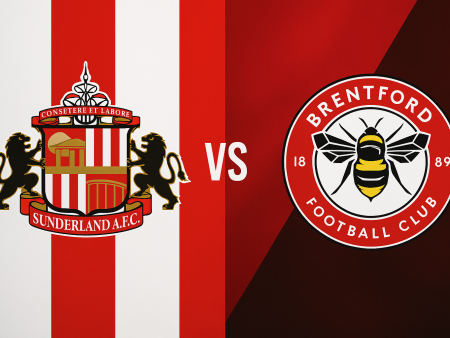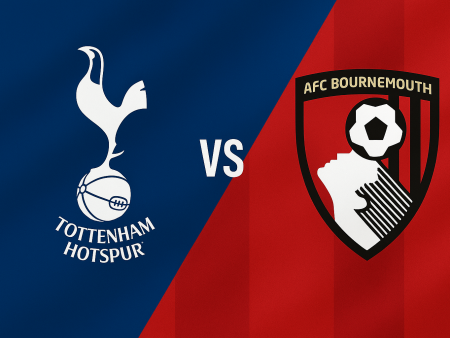Premier League Title Race Wide Open After Manchester City and Liverpool Share the Spoils
The highly anticipated clash between Manchester City and Liverpool ended in a 2-2 draw, defying widespread predictions that a City victory would settle the Premier League title race. Instead, the thrilling encounter showcased tactical mastery, individual brilliance, and left the title hunt as competitive as ever. This analysis delves into each team’s tactical setup, standout performers, and what the result means for the championship pursuit.
Manchester City’s Tactical Flexibility: Adapting to the Occasion
Manchester City deviated from their usual 4-3-3 formation, opting instead for a 4-2-3-1 setup. A significant tactical switch was the deployment of Kevin De Bruyne as a true attacking midfielder, stationed directly behind Raheem Sterling, who operated as a traditional number nine. Unlike the typical fluid "false nine" rotations, Sterling consistently led the line, providing central attacking focus.
- De Bruyne’s Free Role: The Belgian maestro regularly drifted into spaces behind Liverpool’s holding midfielder, Fabinho, exploiting pockets between defenders and linking City’s midfield with attack.
- Deep-Lying Playmakers: Bernardo Silva adopted a deeper, more reserved role alongside Rodri. Both were instrumental in orchestrating play from deep, frequently switching the ball with long diagonal passes that stretched Liverpool’s defense.
- Effective Use of Long Balls: City’s backline and deep midfielders attempted over 40 long passes, many of which targeted wide players and exploited Liverpool’s compact defensive structure, especially from throw-ins.
Defensively, City morphed into a 4-4-2 when out of possession, pressing Liverpool high up the pitch. De Bruyne and Sterling formed the first line of pressure, while Walker and Rodri provided vital cover during transitions. With 55% possession, City largely dictated the tempo and limited Liverpool’s opportunities to build through the middle.
Key Performers for City
- Raheem Sterling: His movement and acceleration as the number nine continually threatened Liverpool’s high defensive line.
- John Stones: Excelled at distributing long passes, finding wide players with impressive accuracy.
- Kevin De Bruyne: Regularly found space and created numerous problems for Liverpool’s midfielders, drawing fouls and forcing defensive adjustments.
Liverpool’s 4-3-3: Trademark Intensity and Tactical Nuance
Liverpool maintained their trusted 4-3-3 structure, fielding arguably their strongest starting eleven. A key talking point was the inclusion of Thiago alongside Henderson and Fabinho in midfield, forming the core of Liverpool’s pressing engine.
- Complex Pressing: At various stages, Liverpool’s central midfielders advanced in line with the front three, supporting an aggressive, high press. Fabinho anchored the midfield, covering spaces behind the forwards and preventing City’s central buildup.
- Mid-Block Adjustments: While Henderson and Thiago frequently pressed City’s deep playmakers, Sadio Mane occasionally dropped to reinforce the midfield, closing overloads in central areas.
- Wingers Ready for Transition: Mo Salah and Luis Diaz (when introduced) offered constant width and attacking threat, primed to exploit City on the counter.
Despite City’s territorial advantage, Liverpool demonstrated moments of individual quality. Salah, with impeccable dribbling and vision, orchestrated key attacks, while Trent Alexander-Arnold’s distribution from deep continually tested City’s defensive organization.
Noteworthy Liverpool Players
- Thiago Alcantara: Supported pressing efforts, circulated possession, and disrupted City’s rhythm with timely challenges.
- Trent Alexander-Arnold: Provided incisive long passes, aiding Liverpool’s quick transitions.
- Alisson Becker: Played a proactive role as a sweeper-keeper, confidently disrupting City’s pressing traps and initiating attacks.
Tactical Patterns and In-Game Adjustments
Both teams displayed advanced tactical awareness, constantly adjusting to each other’s strengths:
- City’s Wide Overloads: Utilized quick switches from back to front, capitalizing on the space left by Liverpool’s compact defensive stance.
- Liverpool’s High Press: Disrupted City’s buildup in their defensive third but left vulnerabilities when bypassed by City’s long diagonals.
- Dynamic Midfield Battles: The contest between De Bruyne and Liverpool’s holding players was critical, with City benefiting when the Belgian found unchecked space.
Impact on the Premier League Title Race
A victory for Manchester City was widely seen as the potential decider in the league race, but the draw means both sides remain in close contention for the title. While City’s tactical discipline arguably justified a win, Liverpool’s resilience and flashes of magic ensured the competition remains fierce.
With several matches remaining and both squads showing tactical flexibility and squad depth, the title race is primed for a dramatic conclusion. Supporters and neutrals alike can expect further twists as the season approaches its climax.
Conclusion: All to Play For
Manchester City and Liverpool delivered a high-quality encounter filled with strategic maneuvering and individual brilliance. Although City dominated many aspects of the match, Liverpool’s ability to capitalize on key moments preserved their pursuit of first place. As both teams gear up for the final stretch, the Premier League title remains tantalizingly out of reach for either-ensuring every remaining fixture is packed with high stakes and intrigue.













